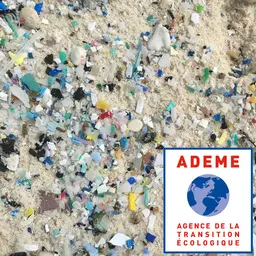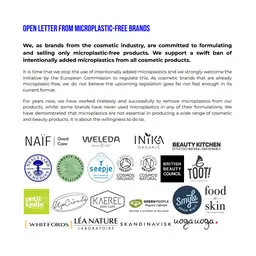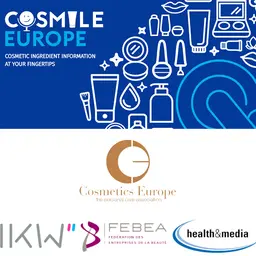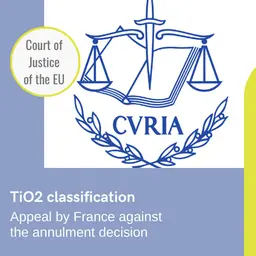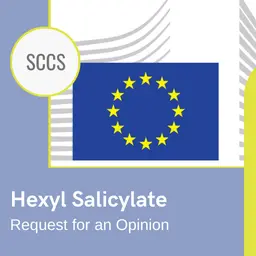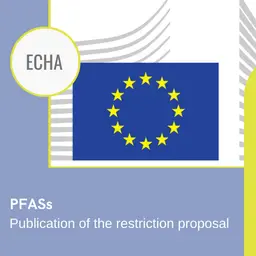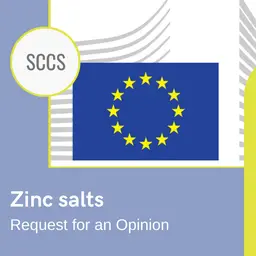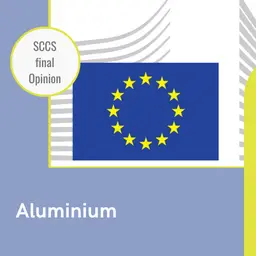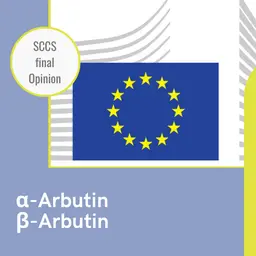
It is a regulatory imbroglio that we do like… Following the implementation of the new Cosmetics Regulation, on 11 July 2013, thanks to some late releasing of provisions that should have come with it, most of the cosmetic products containing nano-ingredients currently available on the European market… are simply not allowed! Some explanations.
A gentle reminder: the European Regulation 1223/2009, so-called Cosmetics Regulation, which replaced the former Directive, introduced the notion of nano-ingredients, with some correlated obligations. For instance, since 11 July 2013, a cosmetic product can contain a nano-ingredient only on two conditions:
• the nano-ingredient has been notified to the European Commission at least six months prior to the placing of the product on the market, along with its complex file for its safety assessment for evaluation by the SCCS: without any answer from the experts within this period, it is considered as validated and allowed,
OR
• the nano-ingredient, after its evaluation and a favorable Opinion by the SCCS, which considers it as safe for use, is listed in the Annexes of the Regulation (mainly the Annex on anti-UV filters, for Titanium Dioxide and Zinc Oxide, or the Annex on colorants, for Carbon Black), and its use is unrestricted.
Anyway, the nano shall be displayed in the list of ingredients on the label, the [nano] adjoining the INCI name of the substance.
Blocking delays
A huge work has been launched, both by the cosmetics industry and the SCCS experts: the former had to supply files for the safety assessment of …



